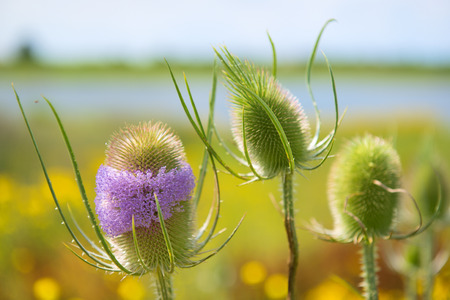Description
OrderFood Supplement
Wild teasel is a robust biennial plant reaching up to 2 m in height. It grows along roads, in pastures and disturbed lands, in ditches, among rubble, and at the edges of woods and brushlands. It can be found throughout most of Europe as well as the North Caucasus, Anatolia, and Iran. The useable part of the plant, the root, is harvested in autumn and used internally as an infusion or tincture.
You can read about other positive effects of this plant in freely accessible publications. The tincture contains no alcohol, dyes, or artificial sweeteners.
Contents: glycerol; water; Dipsacus fullonum
Recommended dose and instructions: Shake well. Use 20 drops 3x per day. We recommend putting the drops in your mouth and letting them absorb through the oral mucosa. This can be followed with a small amount of water. The daily recommended dose contains extract equal to 2,542 mg of fresh plant matter.
Warning: This product is not a substitute for a balanced diet. Do not exceed the daily recommended dose. Close tightly and store in a dark, dry place out of reach of children.
Count: 50 ml


